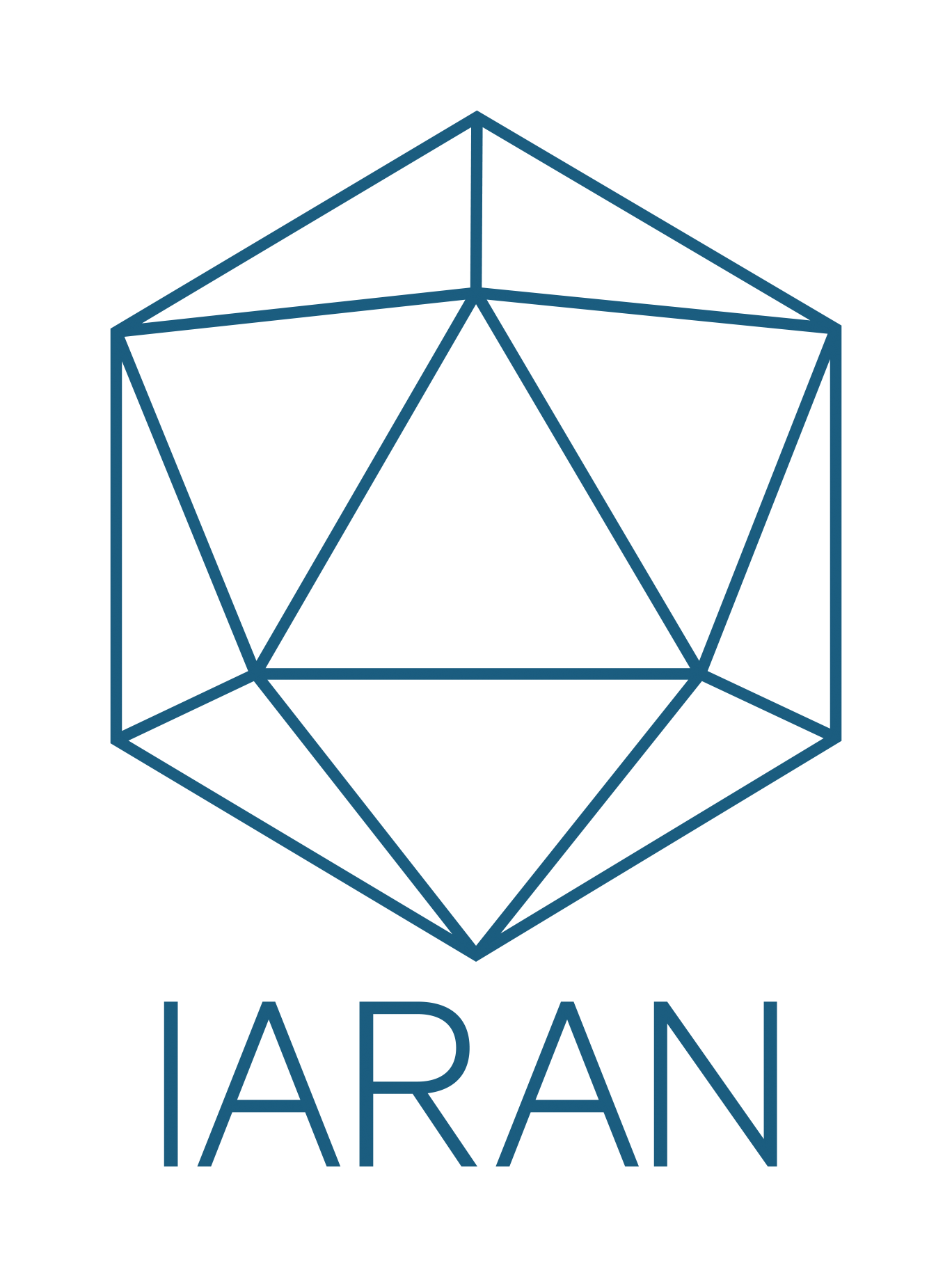The article titled "Navigating the Triple Nexus: Leveraging Diplomatic Synergies for Health Systems Strengthening" addresses the vital interplay between diplomacy and health system support in conflict-ridden areas. Through the lens of Humanitarian Diplomacy (HD) and Global Health Diplomacy (GHD), the piece advocates for a nuanced, integrated approach embodied by the Humanitarian-Development-Peace Nexus. This approach seeks to unify immediate relief with long-term development and peace efforts, using diplomacy as a tool to navigate the complex challenges faced by health systems in such settings, thereby ensuring sustainable health improvements and the safeguarding of human rights.
Digital transformation: Accelerating Universal Health Coverage (UHC) in humanitarian settings.
In this article, Miguel Castillo, a healthcare professional with over 10 years of experience at field level and hospital-based facilities in conflict-affected, developing and western countries, discusses his experience during the Rohingya crisis, highlighting the critical role of digital solutions in enhancing healthcare in humanitarian settings. The COVID-19 pandemic accelerated the adoption of such technologies, improving healthcare coverage globally, including in crisis-affected areas. The focus is on the digital transformation of health services, emphasizing the importance of technological infrastructure and the challenges in transitioning to digital systems. Key aspects include the expansion of 5G technology and increased smartphone accessibility, especially in low-and-middle-income countries. The article projects a significant rise in smartphone adoption by 2030, driven by affordability, and explores how these advancements improve health coverage in humanitarian situations.
Livelihood support for migrants is a excellent investment
The world is facing a severe economic downturn, but the flow of remittances has been relatively stable and continues to provide support for many families in low and middle-income countries. According to the World Bank, global remittance flows reached $626 billion in 2022, an increase of 5% from the previous year. This growth is smaller than in previous years, but it is significant given the economic outlook. Investing in livelihoods support for migrants in high-income countries could be an effective way of supporting communities globally.
Working Together: INGOs and Building Communities Beyond Dichotomies in Humanitarian Aid
Along with other organisations in the formal humanitarian aid sector, the way in which large INGOS operate has been under challenge for some time. They have been legitimately criticised for holding nearly all decision-making in programme design and financial power at international level in their “Global North” headquarters, while engaging with national and local partners in the “Global South” in sub-contracting relationships. The need for reform or even transformation is broadly defined as “localisation” – the shifting of power to the “South” and the “local.” Recently, the issue has taken on a new urgency due to practical challenges to traditional operating models posed by the Covid-19 pandemic, and moral-ethical challenges posed by a renewed focus on racial discrimination and injustices, alongside continued concerns about gender equity in the sector.





